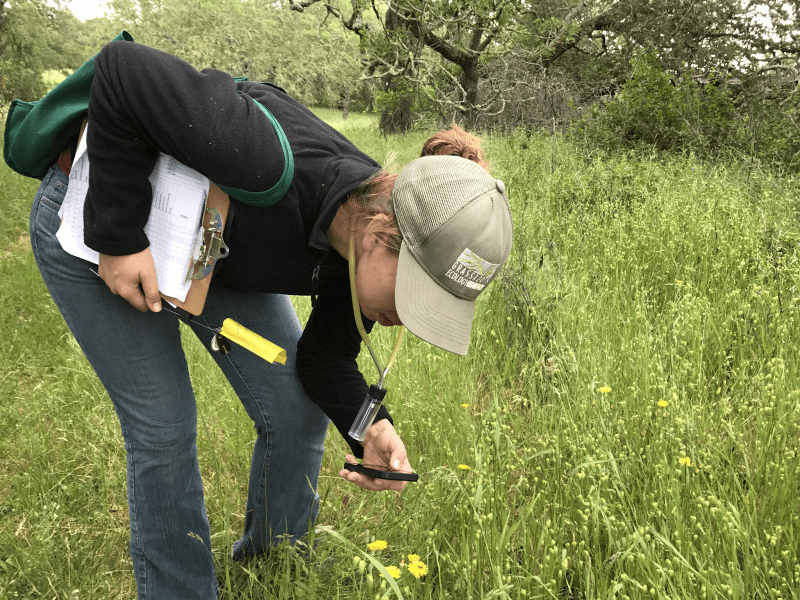When COVID-19 hit, research at Jasper Ridge, a preserve in the Santa Cruz Mountains’ eastern foothills, partially shut down. Included in this shutdown were Jasper Ridge Ant Survey volunteers who subsequently struggled to efficiently collect data and lost opportunities to observe rare wildlife during the pandemic.
Stanford biologist Deborah Gordon M.S. ’77 and then-graduate student Katy Human Ph.D. ’96 founded the survey 30 years ago to monitor the intrusion of nonnative Argentine ants into Jasper Ridge. Every fall and spring, volunteers record the dispersal of all ants across the landscape, investigating how Argentine ant colonies spread and overlap with native colonies. The survey is likely the longest continuous study of an insect invasion in the world, according to volunteer Sara Witt.
On March 13, 2020, however, all activity in the Jasper Ridge Biological Preserve was essentially shut down: Researchers were confined to necessary research, management and education. Three days later, all visitors except essential staff were prohibited from entering the reserve, and all research was temporarily suspended. Opportunities for new volunteer participation in the survey were closed.
Merav Vonshak, postdoctoral fellow and a member of the survey’s organizing team, found it challenging to conduct the survey with a limited staff since under normal circumstances many regular volunteers assist with data collection. Instead of the usual 20 people, the team was left with four.
“It was just a lot, a lot of work,” she said.
Despite the difficulties of the pandemic, Gordon wrote in a statement to The Daily that “a few of us, working hard, were able to complete the surveys.”
That work paid off; data from the survey, including data from May 2020, was used as the basis for the analysis in a recently published paper on the effects of drought on the ant populations.
The shutdown also limited opportunities for Jasper Ridge Ant Survey’s staff to encounter rare wildlife. Recalling fascinating encounters in prior surveys, Witt and Vonshak described sightings of rare ants such as the Pseudomyrmex and Neivamyrmex.
The researchers hope that Jasper Ridge will accept all visitors after COVID-19 has subsided. Going forward, further research post-pandemic might reveal changes in the ant population itself. Residents staying home for prolonged periods during the pandemic left behind more pest-attracting trash than they did pre-pandemic, and Jasper Ridge is surrounded by human habitation.
“We do think Argentine ant distribution inside Jasper Ridge is affected by buildings surrounding [the preserve] like neighborhoods,” Vonshak said, but noted that the exact impacts on Argentine ants have yet to be observed.
